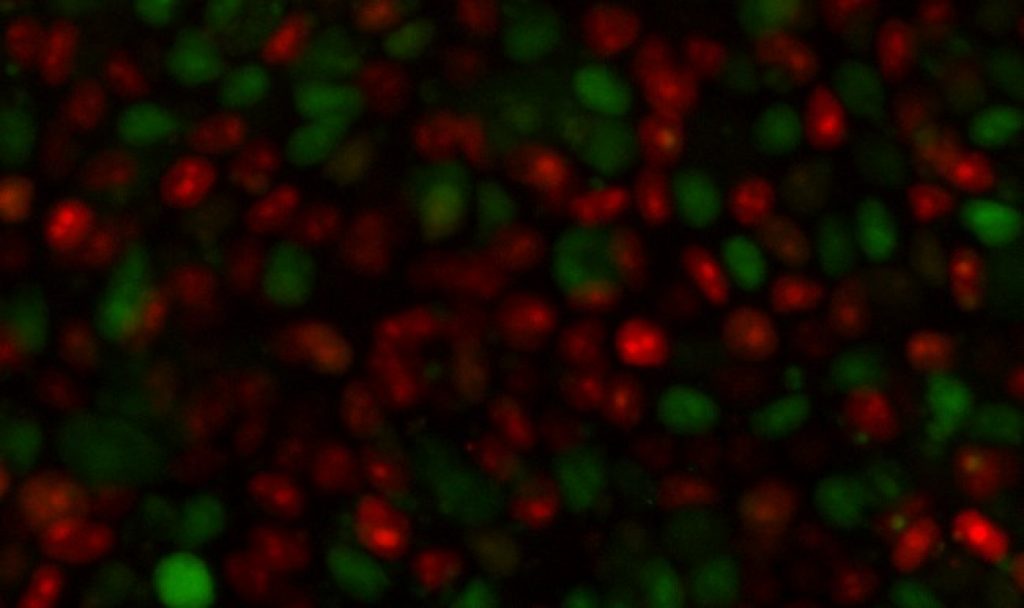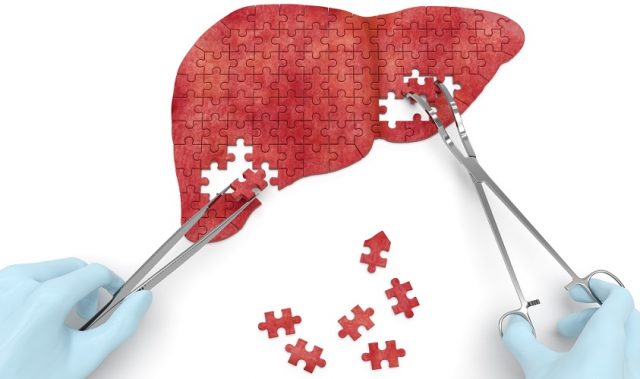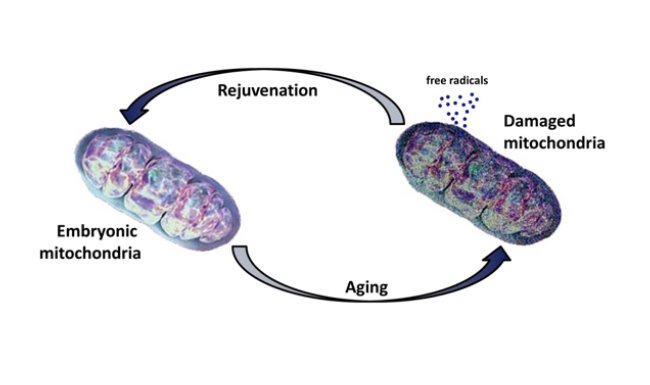
AsianScientist (Aug. 4, 2015) – Scientists have identified novel regulators in the control of human embryonic stem cell differentiation. Their work, published in Cell, opens up avenues for more efficient and complete differentiation in applications of human embryonic stem cells for therapies, says the researchers.
Embryonic stem cells are pluripotent, meaning that they have the potential to become all types of cells in the body through a process called differentiation. Differentiation is a process in which stem cells exit from their self-renewal stage and become more specialized cell types. Stem cells have sparked intense interest from both the public and scientists alike, as they could potentially treat a wide range of degenerative conditions such as Parkinson’s disease.
In the present study, researchers led by Professor Ng Huck Hui at the Genome Institute of Singapore, conducted a genome-wide screen to find novel pathways involved in human embryonic stem cell pluripotency exit (or differentiation).
In their screen, the researchers found two classes of candidate genes: context-dependent and universally important genes. Context-dependent genes include RNA signaling, signaling pathways involved in development, while universally important genes include epigenetics regulators and cell cycle regulators, such as Cyclin B1.
The cell cycle, which is a series of events leading up to cell division, is made up of a three stages: quiescent, interphase and mitosis. Interphase, where the cell prepares for division, is made of three phases, namely the G1, S and G2 phases. Prior to this study, research on the relationship between the cell cycle and the pluripotency of stem cells was focused on the G1 phase were cells undergo DNA synthesis.
“It is well-known that [embryonic stem cells] initiate differentiation only in the G1 phase. This is widely believed to result from G1 phase’s active contribution to differentiation, making other phases of the cell cycle passively resistant to differentiation,” explained Dr. Kevin Gonzales, one of the first authors of the paper.
“When we saw enrichment in our screen specifically for factors working during the S and G2 phases of the cell cycle, we were excited. This pointed out an important role for these other phases, which have been overlooked thus far, so we decided to pursue looking at the cell cycle genes,” Gonzales told Asian Scientist.
While previous studies were mainly performed in mouse embryonic stem cells, data from this work provides a starting point for future studies in the understanding of human embryonic stem cell differentiation. Furthermore, their mechanistic study provided an alternative view on the current understanding of the relationship between stem cell differentiation and cell cycle regulators.
Potential applications of human embryonic stem cells include bone marrow transplants, or neuron replacement in neurodegenerative diseases. In many applications, the clinics need to differentiate the stem cells to a pure population of cells for cell type replacements.
“Knowledge from this screen can be exploited to enhance differentiation protocols used to derive specific cell types from human embryonic stem cells,” Gonzales said.
The article can be found at: Gonzales et al. (2015) Deterministic Restriction on Pluripotent State Dissolution by Cell-Cycle Pathways.
———
Copyright: Asian Scientist Magazine; Photo: Kevin Gonzales/Genome Institute of Singapore.
Disclaimer: This article does not necessarily reflect the views of AsianScientist or its staff.












